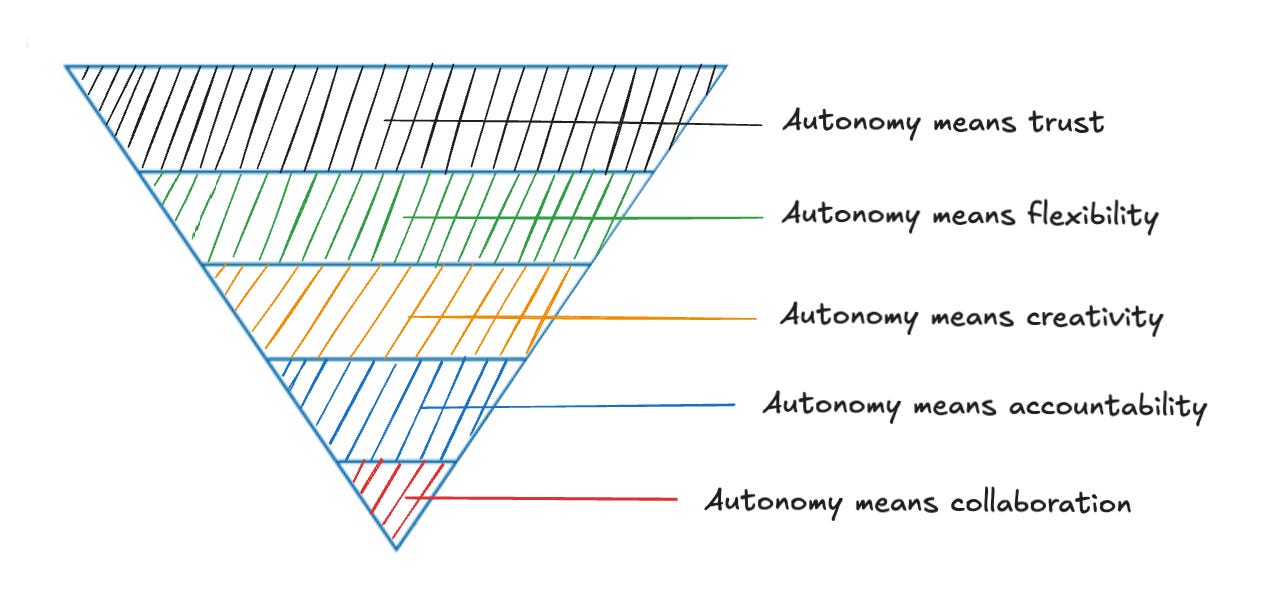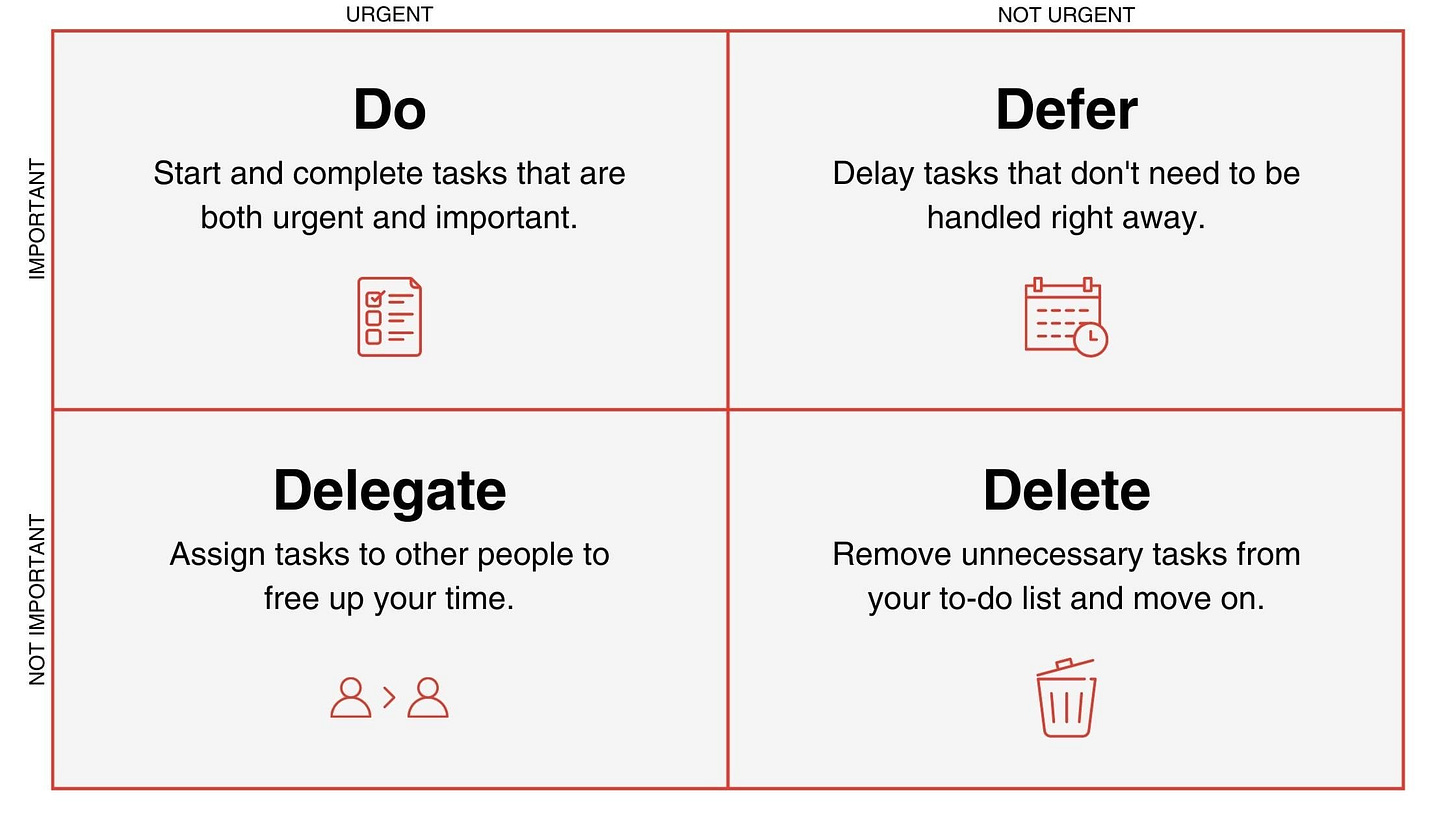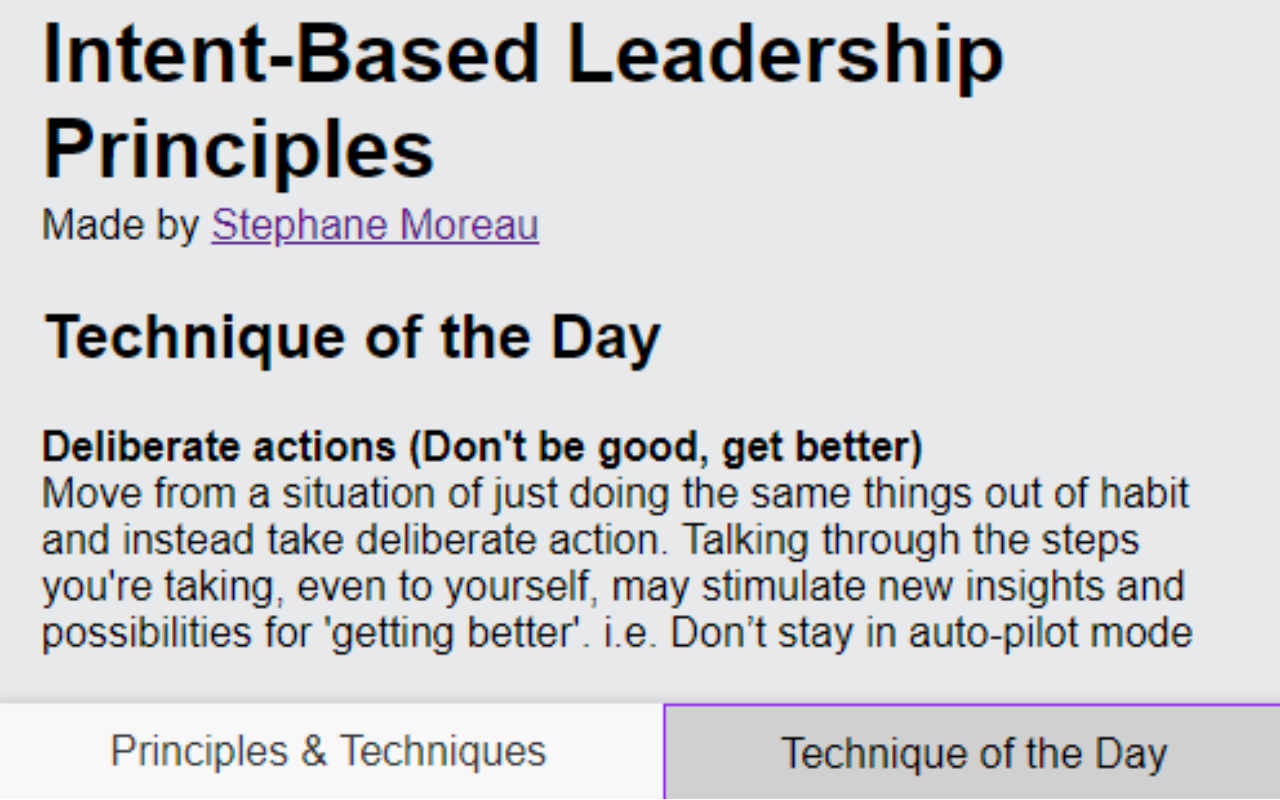5 Subtle habits that instantly elevate your Leadership Skills
Small but powerful habits that can transform how you lead your engineering team.
The Silent Struggle of Leadership Growth
Engineering managers often find themselves trapped in the complexities of leadership, where every decision feels monumental, and progress can seem elusive.
In this blog, I share five simple, actionable habits that, when applied consistently, will elevate your leadership. These habits are easy to adopt but carry the potential for significant long-term impact.
Consider supporting my work and subscribing to this newsletter.
As a free subscriber, you get:
✉️ 1 post per week
🧑🎓 Access to the Engineering Manager Masterclass
As a paid subscriber, you get:
🔒 1 chapter each week from the book I am writing “The Engineering Manager’s Playbook”
🔒 50 Engineering Manager templates and playbooks (worth $79)
🔒 The complete archive
1. Active Listening Over Solutioning
As engineers, our instinct is often to jump straight into problem-solving mode. But as a leader, your team needs more than just answers, they need to feel heard. Active listening means giving your full attention to the speaker, asking clarifying questions, and withholding judgment until they’ve fully expressed their thoughts. This practice fosters trust, encourages more open communication, and often uncovers insights that might not surface in a more rushed conversation.
Step-by-Step Approach:
When a team member approaches you with a problem, refrain from immediately offering a solution.
Ask open-ended questions like, “How do you think we should approach this?” to empower them.
Use reflective listening: repeat what they’ve said to confirm understanding.
Real-World Example: I once had an engineer on my team who struggled with a bug for longer than I expected. My instinct was to dive in and suggest solutions. Instead, I met with him and practiced active listening. It turned out his challenge wasn’t the bug itself, but a gap in documentation that made the process unclear. By listening fully, we addressed the root cause, not just the symptom.
2. Elevating Others Through Recognition
It’s easy to overlook the importance of recognition, especially when juggling deadlines and deliverables. But consistently recognizing your team’s efforts, both big and small, creates a positive feedback loop. It not only boosts morale but also reinforces the behaviours you want to see repeated.
Practical Application:
Be consistent: Block 25 minutes each week to think about who you should give praise to and why.
Be specific: Instead of generic praise, highlight exactly what the person did and why it mattered.
Recognize publicly: Use team meetings or company channels to celebrate contributions, ensuring others see the value being placed on effort and innovation.
Some more interesting stats:
83.6% of employees feel that recognition affects their motivation to succeed at work
77.9% of employees would be more productive if they were recognized more frequently
81.9% of employees agree that recognition for their contributions improves their engagement
71% of employees would be less likely to leave their organization if they were recognized more frequently
87% of the employees felt that meaningful recognition impacts their job satisfaction
Source: https://nectarhr.com/blog/employee-recognition-statistics
3. Creating Autonomy, Not Dependency
One of the most common traps leaders fall into is becoming the bottleneck for decisions. While it feels good to be the go-to person, this stifles team autonomy and growth. Shift your focus to empowering team members to make decisions on their own, with you acting as a guide, not a gatekeeper.
How to Foster Autonomy:
Clearly define decision-making boundaries - what’s within their control and what requires input from you.
Provide the tools and frameworks they need to succeed, and then trust them to follow through.
Allow space for mistakes and learning within set boundaries.
Hold them accountable for the given task.
4. Practice the Art of Delegation
Delegation isn’t about offloading tasks; it’s about strategically distributing responsibilities to align with your team’s strengths and career growth. Done right, delegation empowers your team and optimizes your time.
Effective Delegation Process:
Identify tasks that don’t need your direct involvement but are critical for growth opportunities within your team.
Match those tasks to individuals with the relevant skills, or better yet, those looking to grow in that area.
Provide clear expectations and necessary resources to achieve success (that could be coaching, pairing with other engineers, or learning about a concept ahead of time).
5. Continuous Self-Reflection and Adaptation
Leadership is a journey, not a destination. To truly elevate your skills, make a habit of regular self-reflection. After major meetings or decisions, take a moment to ask yourself: What went well? What could have been better? Incorporating feedback from your team is equally critical, as it gives you real-time insights into how your leadership is perceived and where you can improve.
Simple Reflection Framework:
At the end of each week, jot down key moments where your leadership was tested. Analyze what went well and what didn’t.
Solicit feedback from a trusted colleague or team member about your leadership approach.
Set one goal for personal growth each quarter, whether it’s related to communication, delegation, or strategy.
I have created this Chrome extension that gives me one Technique per day to practice.
It’s completely free and helps me try something new every day, feel free to try it and let me know your thoughts.
Key Takeaways:
Listen before solving: Active listening builds trust and uncovers deeper insights.
Recognize achievements: Recognition strengthens morale and reinforces positive behaviors.
Foster autonomy: Empower your team to make decisions, and avoid being the bottleneck.
Delegate with purpose: Strategic delegation aligns tasks with individual strengths and growth.
Reflect regularly: Continuous self-reflection and adaptation are key to sustained leadership growth.
Bonus: The Power of Silence in Leadership
While communication is crucial, knowing when to embrace silence can be just as impactful. In high-pressure situations, many leaders feel the need to fill the void with instructions, reassurances, or solutions. However, silence creates space for your team to think critically and come up with their own answers. It encourages autonomy and reinforces that you trust their judgment.
How to Use Silence Effectively:
After asking a question or presenting a challenge, resist the urge to fill the silence. Let your team process and respond.
In tense situations, silence can de-escalate emotions and provide space for more thoughtful conversation.
Use pauses in one-on-ones to encourage deeper reflection from your team members, allowing them to arrive at insights without your immediate input.
Useful links
👨💻 Become a better Software Engineer with CodeCrafters (use my partner link to get 40% off and build your own Redis, Git, Kafka and more from scratch).
🎯 Book a mock interview with me (System design or Behavioural & Leadership) to smash your next real interview!
👋 Let’s connect on LinkedIn!









